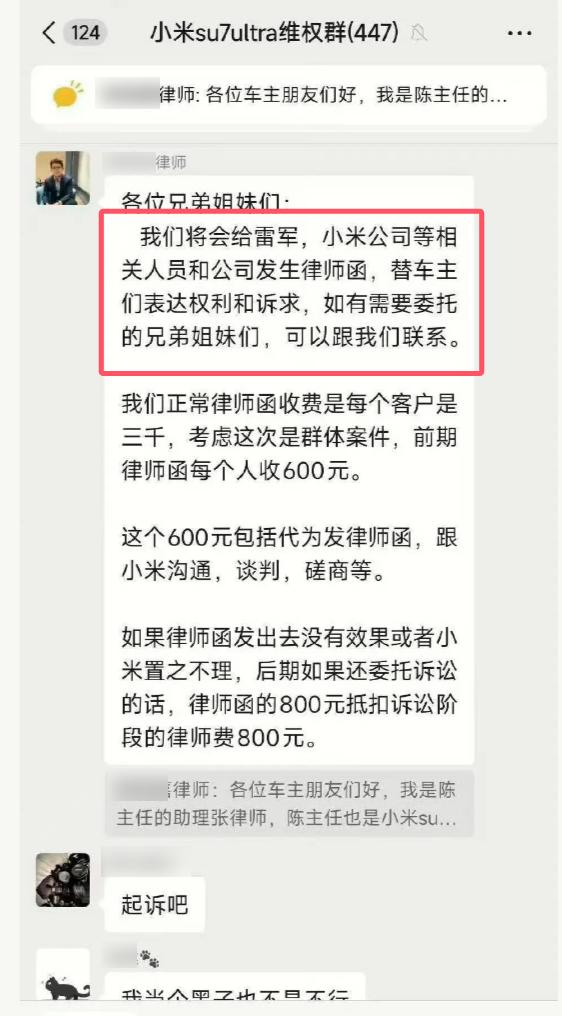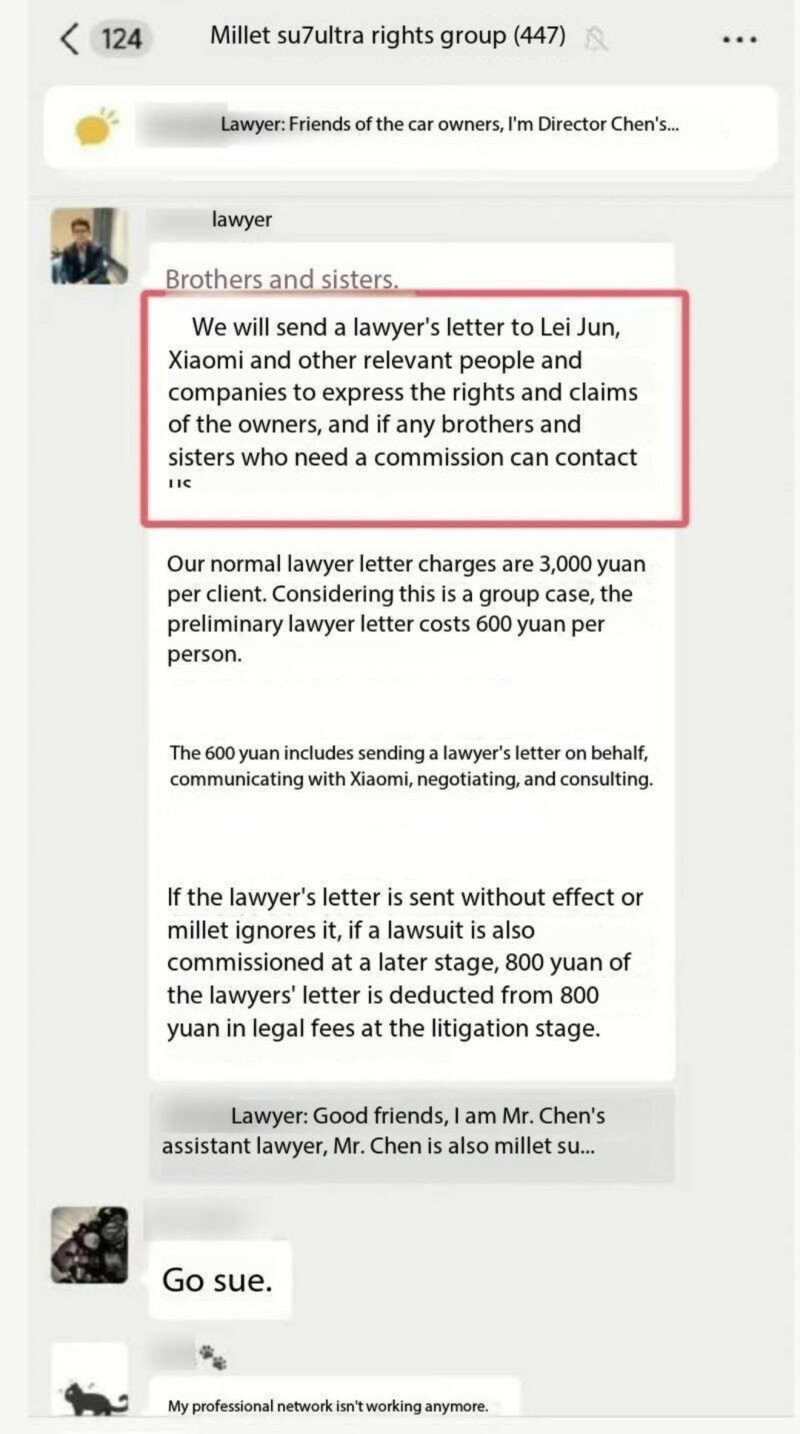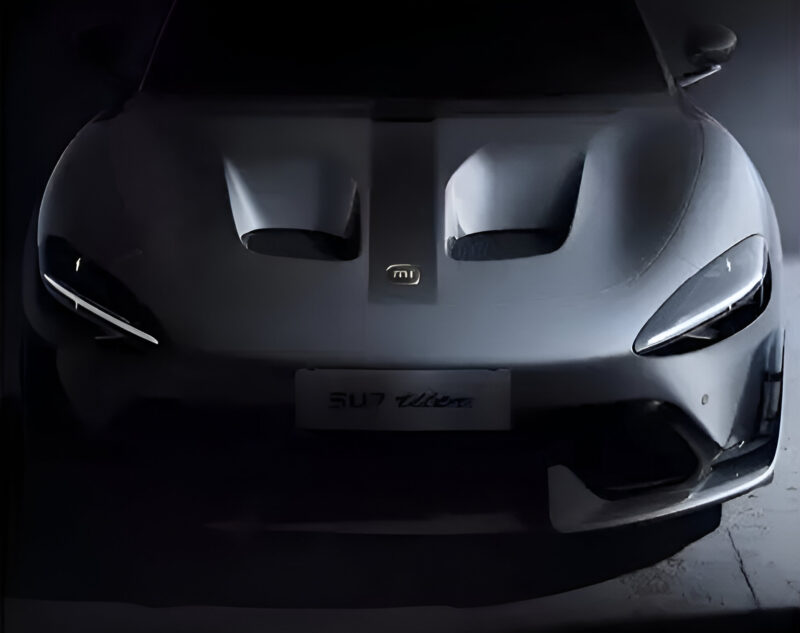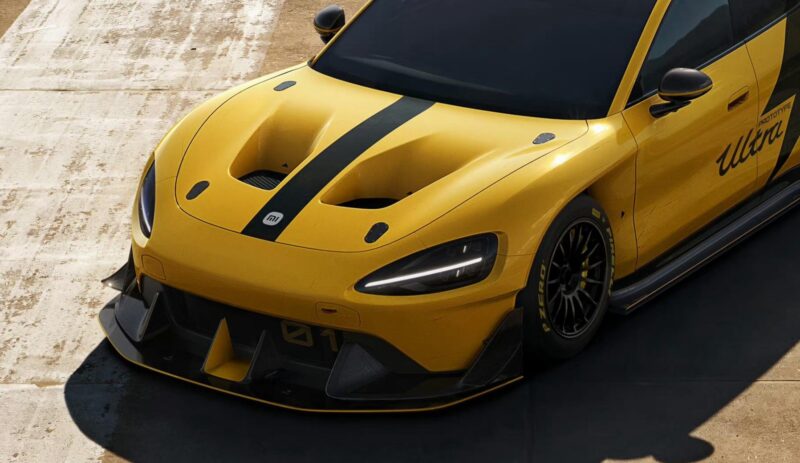Xiaomi ‘dual air duct’ controversy escalates: over 400 SU7 Ultra owners join legal action
More than 400 owners of the Xiaomi SU7 Ultra (see specs) have reportedly organised a group to take legal action against the automaker, pooling funds to cover legal fees. Leaked chat records suggest each member has contributed 3,000 yuan (415 USD). Although the authenticity of the screenshots has not been independently verified, the incident reflects growing dissatisfaction with Xiaomi’s top-tier electric sedan.


The dispute concerns the 42,000 yuan (5,830 USD) optional carbon fibre front hood, which was promoted as having functional “dual air ducts” to improve aerodynamics and cooling. However, owner-led investigations suggest otherwise. Videos showing the hood’s disassembly reveal no structural differences from the standard version. Additional tests using air blowers and tissue paper reportedly indicate no airflow through the ducts, and thermal imaging results shared by owners show no noticeable cooling effect.
In response to the criticism, Xiaomi apologised on May 7, acknowledging unclear product descriptions. The company has offered affected customers 20,000 loyalty points and the option to switch to a standard aluminium hood. Many owners have rejected the offer, citing long wait times for the replacement parts—reportedly 30 to 40 weeks—and what they perceive as inadequate redress for a component they believed would enhance performance.
Legal action has emerged as Xiaomi’s automotive division faces growing scrutiny. On May 10, CEO Lei Jun described recent weeks as “the most difficult since founding Xiaomi,” citing personal and professional struggles. His remarks have drawn attention to broader challenges within the company.

Some industry analysts have pointed out parallels with past disputes involving other Chinese EV brands, such as Avatr, which addressed similar concerns with public testing. These comparisons have led to calls for Xiaomi to verify the hood’s claimed functionality independently. Legal experts note that if third-party tests confirm the ducts are non-functional, Xiaomi could face penalties for misleading promotion under China’s Advertising Law.
Members of the owner group have emphasised that their complaint is not solely about financial compensation. “We purchased what was advertised as a performance feature,” one owner wrote online. Xiaomi should either prove the ducts work or take responsibility if they don’t.”
The issue may affect the launch of Xiaomi’s upcoming YU7 SUV and broader plans in the high-end EV market. Observers suggest the outcome could influence how automakers handle marketing claims related to optional performance components.
With legal steps reportedly in progress and customer sentiment hardening, Xiaomi faces key decisions: whether to conduct independent testing, adjust its response, or prepare for extended legal challenges, all while managing the broader implications for its brand and automotive ambitions.



